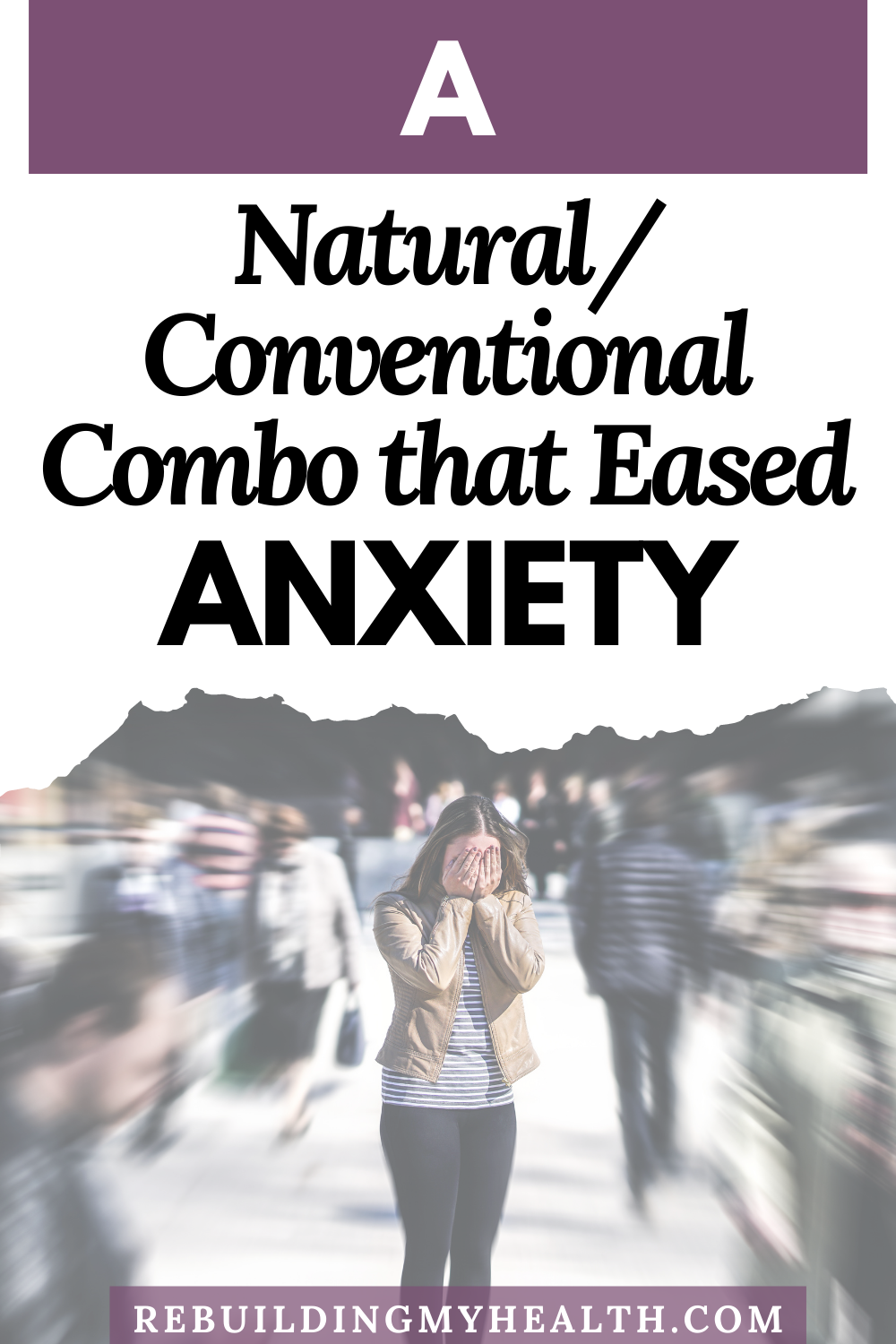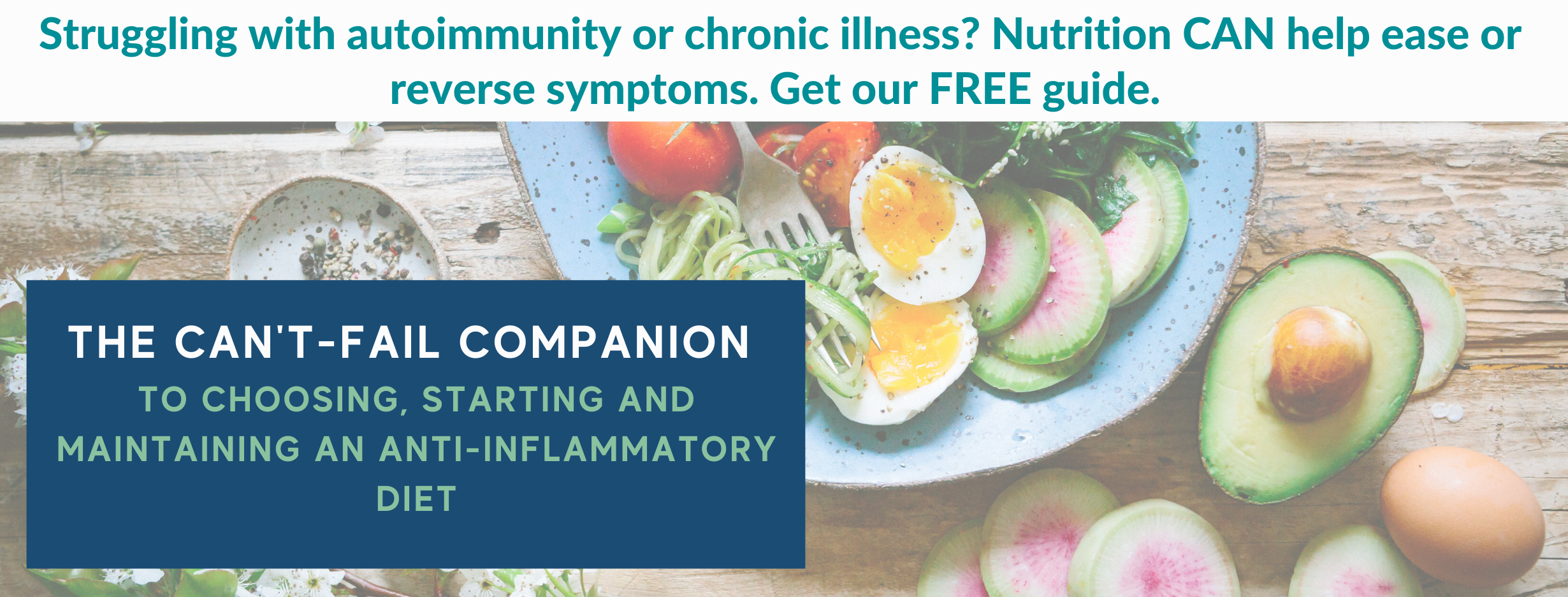Canadian Woman Finally Finds Tactics to Stop Panic Attacks and Ease Anxiety
“Everybody is different. You have to find what works for you.”
– Michelle Knudsen
At the age of 17, Michelle was at work when, suddenly, she became flushed, sweaty and shaky – and the world seemed to be closing in around her. She was experiencing her first panic attack.
At the time, she had no idea what was happening to her.
Unfortunately, that was the first of many of these episodes.
Back then, she was a new mom struggling to work and care for her son, and in an emotionally and physically abusive relationship.
But beyond life’s biggest stressors, even everyday things like going to the grocery store or restaurants could trigger a sudden bout of anxiety or a full-blown panic attack. She blamed genetics as she recalled her mother talking about her “bad nerves.”
“I didn’t tell anybody. I just kind of suffered in silence,” she says. “I didn’t know how to explain what was going on. And back then, in the 80s, it’s not something you really brought up.”
Temporary Relief – with Alcohol
When Michelle eventually consulted doctors, they asked her when she felt anxious.
“I felt like saying, ‘What do you mean? I’m in constant fear all the time,'” she recalls.
She soon learned that what she experienced was severe anxiety and panic disorder.
According to the Anxiety and Depression Association of America, approximately 2-3 percent of Americans experience panic disorder each year and it’s twice as common in women.
Over the years, Michelle tried various medications, usually with little success. They either didn’t work, or were only effective for a little while.
The only thing that actually took the edge off her anxiety, she says, was alcohol.
“I self-medicated for many years with alcohol,” she says. “I would come home from work and have a few drinks.”
However, while drinking eased her anxiety in the short term, she inevitably paid for it later.
“The next day I would feel even worse,” she says. “I knew at the time it wasn’t a good thing to drink, but I had no idea what else to do.”
Meanwhile, she was raising three children while trying to keep her mental health under control.
Accepting Anxiety and Taking Control
About a decade ago, Michelle resolved to start making changes that would, hopefully, turn around her anxiety.
“I thought, what am I going to do to make my life better?’” she says. “I have a choice. I’m going to live the best life I can.”
And while she points out that anxiety isn’t a choice, the lifestyle factors that can improve it or worsen it, are.
“It was admitting that this is how I am, this is how I’m built. Stop fighting,” she says. “I was accepting the fact that this is part of who I am.”
A Combination to Stop Panic Attacks and Ease Anxiety
After more than two decades of struggle, Michelle found a combination of conventional and natural tactics that worked to control her anxiety and stop panic attacks.
- Reduced drinking – Michelle cut back drinking to only social occasions. “It helped tremendously once I stopped using alcohol to cope,” she says.
- Medication – She finally found a medication that works for her body, citalopram, a selective serotonin reuptake inhibitor (SSRI) that helps restore the balance of serotonin in the brain.
- Exercise – About seven years ago, she started exercising, knowing that it helps many with anxiety. After trial and error, she found that hot yoga and fitness classes give her the workout she needs to feel good.But it’s not just regular yoga and cardio. The studio where she takes classes uses FAR infrared lighting, which warms the room to a balmy beach temperature without humidity or blowing dry air.As she works out, she’s adding the happy brain chemicals that ease her anxiety while also sweating out toxins.She also gets outside to enjoy activities like kayaking.
- Positive affirmations – Michelle proactively began changing her thoughts with positive affirmations. Gradually, she found her mood and outlook improved, which lessened her anxiety. “A positive attitude is huge,” she says.
- Adequate sleep – She focused on getting plenty of sleep to keep her body and brain working optimally, which also reduces anxiety.
- An anti-inflammatory diet – About a decade ago, Michelle was also diagnosed with rheumatoid arthritis. With the help of a dietitian, she eliminated or reduced foods that trigger her RA and anxiety, including sugar and red meat. She also increased her vegetables dramatically, often eating stir-fry meals and other veggie-heavy choices.With those changes, she eased both RA and anxiety.
- CBD oil – She takes .5 to 1 MG of CBD, or hemp, oil daily.“I’m a firm believer in CBD oil. My husband and I both take it. It’s helped with my anxiety and rheumatoid arthritis.”
With that combination, Michelle finds she no longer experiences panic attacks and feels less anxious overall. When she does experience anxiety, it’s an edgy feeling but doesn’t take over and shut her mind down.
Getting a handle on that has changed her life in numerous ways. “Anxiety held me back from being my full potential,” she recalls. “I wasn’t being my true self.”
Today, she’s able to be in public comfortably most of the time.
And she quit her job at 49 and went back to school to study substance abuse and mental health counseling. Now, she helps others like her at a women’s recovery center.
While the tactics she’s found for anxiety may help others, she stresses that every body is different.
“You have to find what works for you,” she says.
If you found this story helpful, you might also like: Oklahoma Father’s Depression, Digestive Issues Disappear with 30-Day Vegan Diet Challenge.
The information on this site is for educational and inspirational purposes only and is not intended to replace the advice of qualified professionals. Keep in mind that what works for one person may not work for another. Always consult your healthcare practitioners before beginning new approaches or treatments. Some links on Rebuilding My Health may be affiliate links. This means that we may receive a commission - with no additional cost to you - if you make any purchases using those affiliate links. Rebuilding My Health is a participant in the Amazon Services LLC Associates Program. Learn more.



